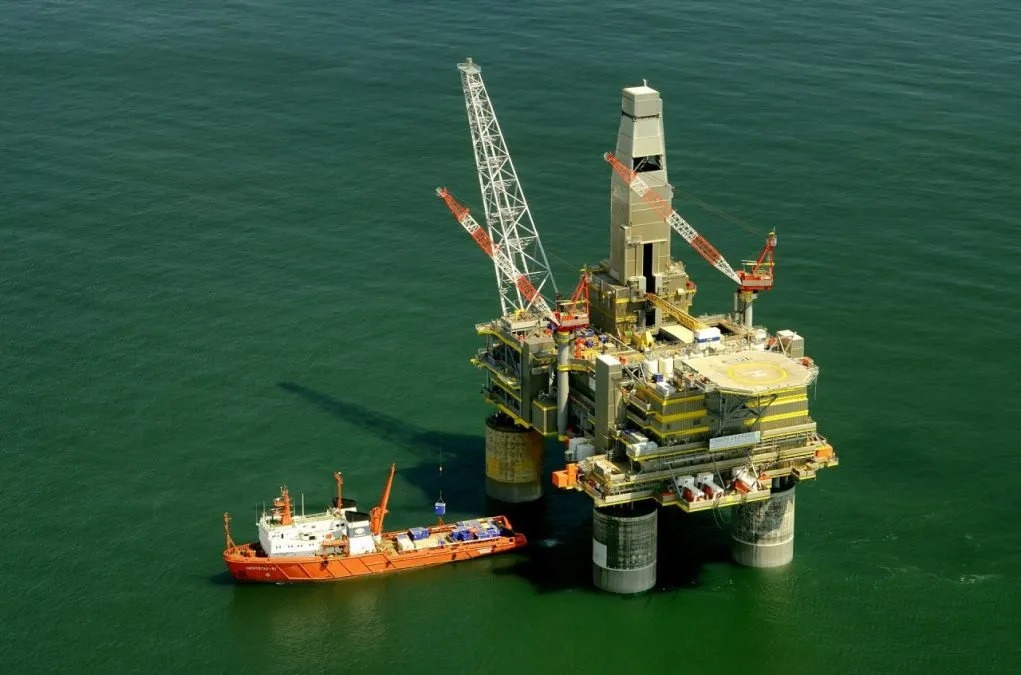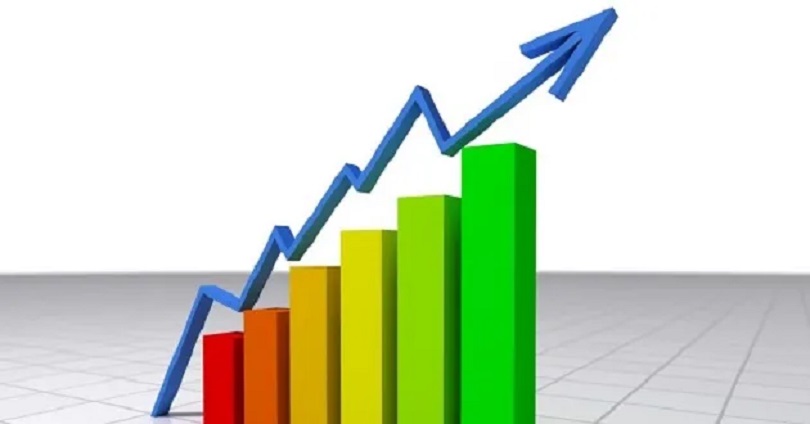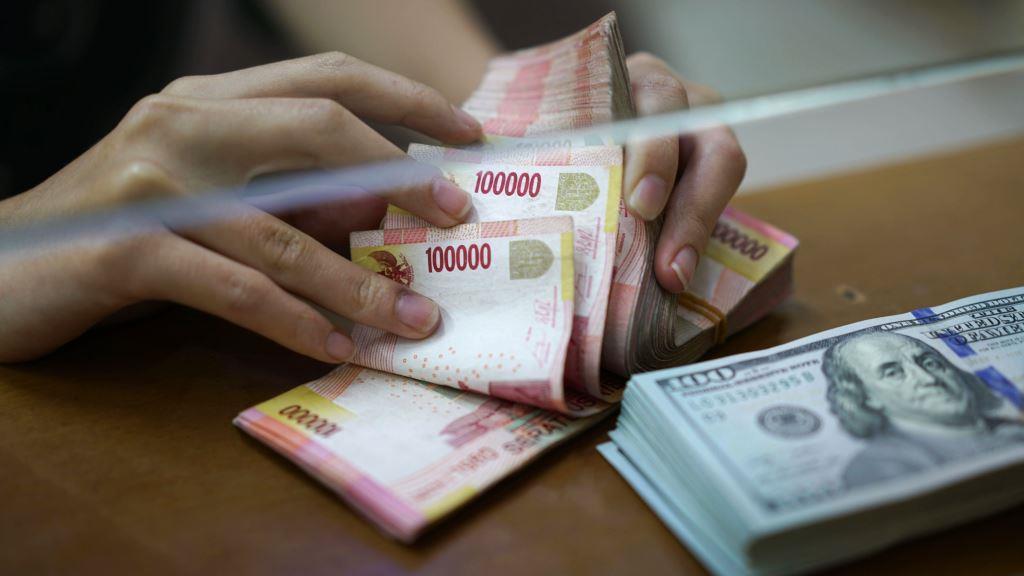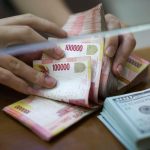Economy
13 Nigerian Oil Terminals Record Heavy Fall in Q3

By Adedapo Adesanya
The production output from 13 of Nigeria’s 29 crude oil terminals declined drastically between July and September 2022, according to data from the Nigerian Upstream Petroleum Regulatory Commission (NUPRC).
According to the NUPRC data, the worst-hit crude terminals were Bonny, Brass, and Forcados, which saw production output decline by 79 per cent, 40.5 per cent, and 96.5 per cent, respectively, during the period under review.
Of the three terminals, Forcados terminal recorded the highest loss, from over 3 million barrels in July to a little over 100,000 barrels in September.
Similarly, crude oil output from Bonny was 799,294 in July before declining to 749,463 in August and then 167,582 in September.
For the Brass terminal, the output was 290,227 in July, 270,932 in August, and 172,814 in September. In the same vein, the production output from Forcados was 3,858,188 in July, 208,430 in August, and 134,437 in September.
Earlier in January 2022, the Forcados terminal produced 7,508,980 barrels, Bonny produced 3,880,351 barrels, and Brass produced 1,369,363 barrels.
The slide in production output comes as the nation battles oil theft which has seen it lose Africa’s largest producer status amid dwindling production capacity as well as its revenue generation, leading to a strain on its obligations.
Giving details about others, the data showed that crude production from the Qua Iboe terminal for July 2022 was 4,811,149, 4,796,262 for August, and 4,976,836 for September.
The Escravos crude oil terminal produced 3,697,075 for July, 4,184,361 for August, and 3,272,962 for September; The Odudu (Amenam blend) terminal produced 2,272,260 for July, 2,337,348 for August, and 2,708,033 for September; and the data from Bonga terminal shows 2,822,521 for July, 3,134,311 for August, and 3,192,789 for September.
Egina produced 3,875,580 barrels in July, 3,484,854 in August, and 3,316,063 for September while Usan produced 1,426,818 barrels in July, 1,420,202 in August (2022) and 1,274,147 in September; and Erha produced 2,123,907 in July, 1,979,774 in August, and 1,662,039 in September.
Meanwhile, Yoho produced 1,067,443 barrels in July, 970,559 in August, and 867,274 in September, while the Tulja-Okwuibome terminal produced 1,190,108 in July, 1,252,513 in August, and 1,233,366 in September 2022.
NUPRC noted that while six terminals showed nil data, 10 terminals showed an increase in crude oil production between July and September 2022.
Economy
MRS Oil, Two Others Raise NASD Bourse Higher by 0.52%

By Adedapo Adesanya
Demand for hot stocks, including MRS Oil Plc, buoyed the NASD Over-the-Counter (OTC) Securities Exchange by 0.52 per cent on Tuesday, December 23.
The energy company was one of the three price gainers for the session as it chalked up N19.69 to sell at N216.59 per share versus the previous day’s value of N196.90 per share.
Further, FrieslandCampina Wamco Nigeria Plc gained N2.95 to close at N56.75 per unit versus N53.80 per unit and Golden Capital Plc appreciated by 84 Kobo to N9.29 per share from Monday’s N8.45 per share.
Consequently, the market capitalisation went up by N10.95 billion to N2.125 trillion from N2.125 trillion and the NASD Unlisted Security Index (NSI) rose by 18.31 points to 3,570.37 points from 3,552.06 points.
Yesterday, the NASD bourse recorded a price loser, the Central Securities Clearing System Plc (CSCS), which gave up 17 Kobo to close at N33.70 per unit against the previous trading value of N33.87 per unit.
The volume of securities traded at the session went down by 97.6 per cent to 297,902 units from the previous day’s 12.6 million units, the value of securities decreased by 98.5 per cent to N10.5 million from N713.6 million, and the number of deals remained flat at 32 deals.
By value, Infrastructure Credit Guarantee Company (InfraCredit) Plc ended as the most actively traded stock on a year-to-date basis with 5.8 billion units exchanged for N16.4 billion. This was followed by Okitipupa Plc, which traded 178.9 million units valued at N9.5 billion, and MRS Oil Plc with 36.1 million units worth N4.9 billion.
In terms of volume, also on a year-to-date basis, InfraCredit Plc led the chart with a turnover of 5.8 billion units traded for N16.4 billion. Industrial and General Insurance (IGI) Plc ranked second with 1.2 billion units sold for N420.7 million, while Impresit Bakolori Plc followed with the sale of 536.9 million units valued at N524.9 million.
Economy
NGX All-Share Index Soars to 153,354.13 points

By Dipo Olowookere
It was another bullish trading session for the Nigerian Exchange (NGX) Limited as it closed higher by 0.59 per cent on Tuesday.
The market further rallied due to continued interest in large and mid-cap stocks on the exchange by investors rebalancing their portfolios for the year-end.
Yesterday, Aluminium Extrusion sustained its upward trajectory after it further appreciated by 9.96 per cent to N14.90, as Austin Laz gained 9.81 per cent to close at N2.91, Custodian Investment improved by 9.69 per cent to N38.50, and First Holdco soared by 9.35 per cent to N50.30.
Conversely, Royal Exchange declined by 7.22 per cent to N1.80, Champion Breweries shrank by 6.57 per cent to N15.65, NASCON lost 5.36 per cent to trade at N105.05, Sovereign Trust Insurance depreciated by 5.28 per cent to N3.77, and Japaul went down by 4.51 per cent to N2.33.
At the close of business, 29 shares ended on the gainers’ table and 27 shares finished on the losers’ log, representing a positive market breadth index and bullish investor sentiment.
This raised the All-Share Index (ASI) by 895.06 points to 153,354.13 points from 152,459.07 points and lifted the market capitalisation by N579 billion to N97.772 trillion from the previous day’s N97.193 trillion.
VFD Group finished the day as the busiest stock after it recorded a turnover of 192.0 million units worth N2.1 billion, GTCO exchanged 63.5 million units valued at N5.6 billion, Access Holdings traded 49.8 million units for N1.0 billion, First Holdco sold 45.8 million units valued at N2.3 billion, and Secure Electronic Technology transacted 38.3 million units worth N28.4 million.
In all, market participants bought and sold 677.4 million units valued at N20.8 billion in 27,589 deals compared with the 451.5 million units worth N13.0 billion traded in 33,327 deals on Monday, showing an improvement in the trading volume and value by 50.03 per cent and 60.00 per cent apiece, and a shortfall in the number of deals by 17.22 per cent.
Economy
Naira Firms up to N1,449 Per Dollar at Official Market

By Adedapo Adesanya
The Naira rallied against the United States Dollar in the Nigerian Autonomous Foreign Exchange Market (NAFEX) on Tuesday, December 23 by N6.57 or 0.45 per cent to N1,449.99/$1 from the previous day’s N1,456.56/$1.
The domestic currency also improved its value against the Pound Sterling in the official market during the session by N1.30 to sell for N1,956.03/£1 compared with the preceding session’s N1,957.33/£1 and gained N2.94 on the Euro to close at N1,707.65/€1, in contrast to the previous session’s closing price of N1,710.59/€1.
In the same vein, the Nigerian Naira appreciated against the US Dollar by N5 at the GTBank FX counter to sell for N1,465/$1 versus the previous day’s N1,470/$1 but remained unchanged at N1,485/$1 in the black market window.
Sentiment in the FX market continued to improve with market operators attributing the appreciation to increased supply in the official market, supported by sustained interventions from the Central Bank of Nigeria (CBN) and the impact of recent reforms.
Improved liquidity from exporters and foreign portfolio investors has also contributed to easing pressure on the local currency, helping to stabilise trading conditions during the festivities.
Analysts noted that the Naira’s performance has helped narrow the spread between the official and parallel market rates, a development seen as supportive of investor confidence and business planning. This relative stability has reduced short-term volatility risks and encouraged more orderly price discovery in the FX market.
Meanwhile, the cryptocurrency market was down yesterday as analysts suggest tax-loss harvesting and low liquidity are contributing to the action in crypto as the year ends. That means investors selling their underwater positions to realize losses, lowering their tax liabilities.
Some analysts remain cautiously optimistic about a potential rally, though significant recovery is not expected until liquidity returns in January.
Dogecoin (DOGE) crumbled by 3.1 per cent to $0.1281, Solana (SOL) slumped by 2.9 per cent to $121.92, Cardano (ADA) fell by 2.7 per cent to $0.3582, Ethereum (ETH) slid by 2.2 per cent to $2,926.25, and Ripple (XRP) depreciated by 2.1 per cent to $1.85.
Further, Binance Coin (BNB) lost 2.0 per cent to sell for $838.21, Bitcoin (BTC) declined by 1.4 per cent to $86,933.97, and Litecoin (LTC) went down by 0.2 per cent to $76.33, while the US Dollar Tether (USDT) and the US Dollar Coin (USDC) traded at $1.00 apiece.
-

 Feature/OPED6 years ago
Feature/OPED6 years agoDavos was Different this year
-
Travel/Tourism9 years ago
Lagos Seals Western Lodge Hotel In Ikorodu
-

 Showbiz3 years ago
Showbiz3 years agoEstranged Lover Releases Videos of Empress Njamah Bathing
-

 Banking8 years ago
Banking8 years agoSort Codes of GTBank Branches in Nigeria
-

 Economy3 years ago
Economy3 years agoSubsidy Removal: CNG at N130 Per Litre Cheaper Than Petrol—IPMAN
-

 Banking3 years ago
Banking3 years agoFirst Bank Announces Planned Downtime
-

 Banking3 years ago
Banking3 years agoSort Codes of UBA Branches in Nigeria
-

 Sports3 years ago
Sports3 years agoHighest Paid Nigerian Footballer – How Much Do Nigerian Footballers Earn











